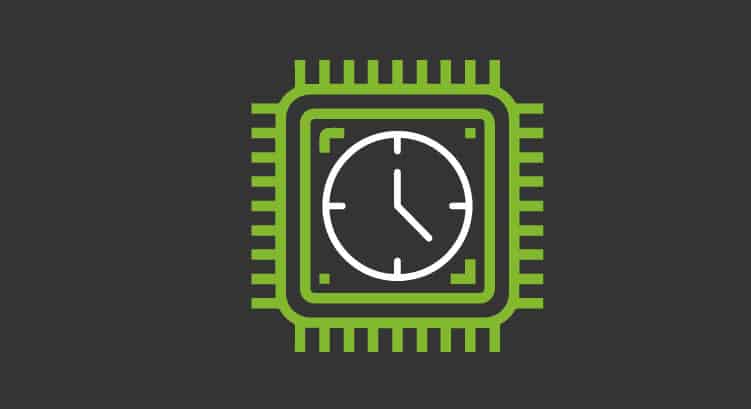What is cache memory? A simple description
What is cache memory? You’ve probably heard of it on more than one occasion, usually abbreviated as “cache”. You may even have heard about whether or not to delete it periodically.
In this article we won’t go into technical details, but we will try to explain briefly what cache memory is and what it’s used for, so you can get a general idea of what this component of our computers means. What is cache memory? Shall we start?
What is cache memory?
The first thing we should say is that there is no single cache and no single type of cache. Although they can be divided into several different types, probably the simplest and most enlightening thing is to distinguish between hardware cache and software cache.
The hardware cache or processor cache is a memory that is inside the microprocessor itself and is a physical component of it. It is organized in different levels according to its proximity to the processor core (known as L1, L2 and L3 levels) and each of them is faster or slower depending on its proximity to the processor. To give you an idea, the L1 and L2 levels usually have a very small capacity, just a few KB (much less than the capacities of RAM or the hard disk). In the case of cache memory, this is justified: the important thing is not the capacity, but the speed
Because, precisely, the utility of the processor’s cache memory is to serve as a very fast access memory – even faster than RAM memory – so that the processor can use certain data (the most commonly used) at the maximum possible speed. We’ll talk a little more about it later.
In addition, there are other types of cache, such as the GPU cache, which also makes it easier to operate. The important thing is to keep the concept that they are hardware components that improve the speed of operation of the main components they serve.
Software cache, also known as application or browser cache, is not a hardware component, but a set of temporary files that are stored on the hard disk
Probably more “popular” than hardware cache, although not a physical component, the concept of software cache also focuses on increasing speed.
In this way, the software cache will store certain data on the computer so that applications can access it quickly, without having to access slower sources such as an Internet connection, for example. But what is cache memory?
What are these two types of cache memory for?
The main function of the different caches is to save time (or increase speed if you prefer).
When it comes to hardware cache, the mechanism is as follows: when the processor first accesses data, it makes a copy into the cache. If you need to access the same data again, the first thing you do is to check if there is a copy in the cache, which is the one you have closest to and the one you access and in which you write with a higher speed. If it doesn’t find it in the cache, it is when it looks for it in the RAM memory or in the hard disk (more “distant” memories, big and slow).
As we said, it’s a question of speed. Cache memory usually stores the most frequently used data, so having it so close to you; the processor can run at a higher speed. Without cache, access to certain recurring data would be slower, and your computer’s performance would suffer.
Software cache shares a similar philosophy.
We can see a very clear example with the cache of browsers. When we access a web page, the browser we are using contacts, via the Internet, the web page server, which sends “back” the content of the page so that we can download it to our computer and view it.
The content of web pages can sometimes be cumbersome and slow loading. Think, for example, of those that contain large images. Therefore, the browser’s cache stores some of its parts. Thus, if we access the same page again, we will directly access the content stored in the software cache (in the form of temporary files) without having to download it again via the Internet, which will increase the speed of browsing.
Finally…
As you can see, when we talk about cache memory we may be doing it about different things, although its philosophy is common; it is about both physical (hardware) and logical (software) components that are used to store temporary data that can be accessed quickly in order to improve the speed and performance of our equipment and applications.
And now that we have a little clearer what cache is and what it’s for, how about spending a few minutes to know Pandora FMS?
Pandora FMS is a flexible monitoring software, capable of monitoring devices, infrastructures, applications, services and business processes.
Do you want to get to know it a lot better? Click here: https://pandorafms.com/
Or you can also send us any query you have about Pandora FMS. Do it in a very simple way, thanks to the contact form that can be found at the following address:
https://pandorafms.com/contact/
Our Pandora FMS team will be happy to assist you!
Pandora FMS’s editorial team is made up of a group of writers and IT professionals with one thing in common: their passion for computer system monitoring. Pandora FMS’s editorial team is made up of a group of writers and IT professionals with one thing in common: their passion for computer system monitoring.
















